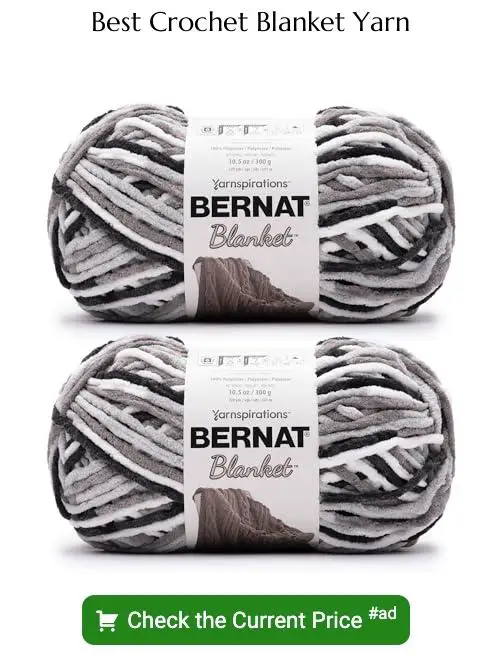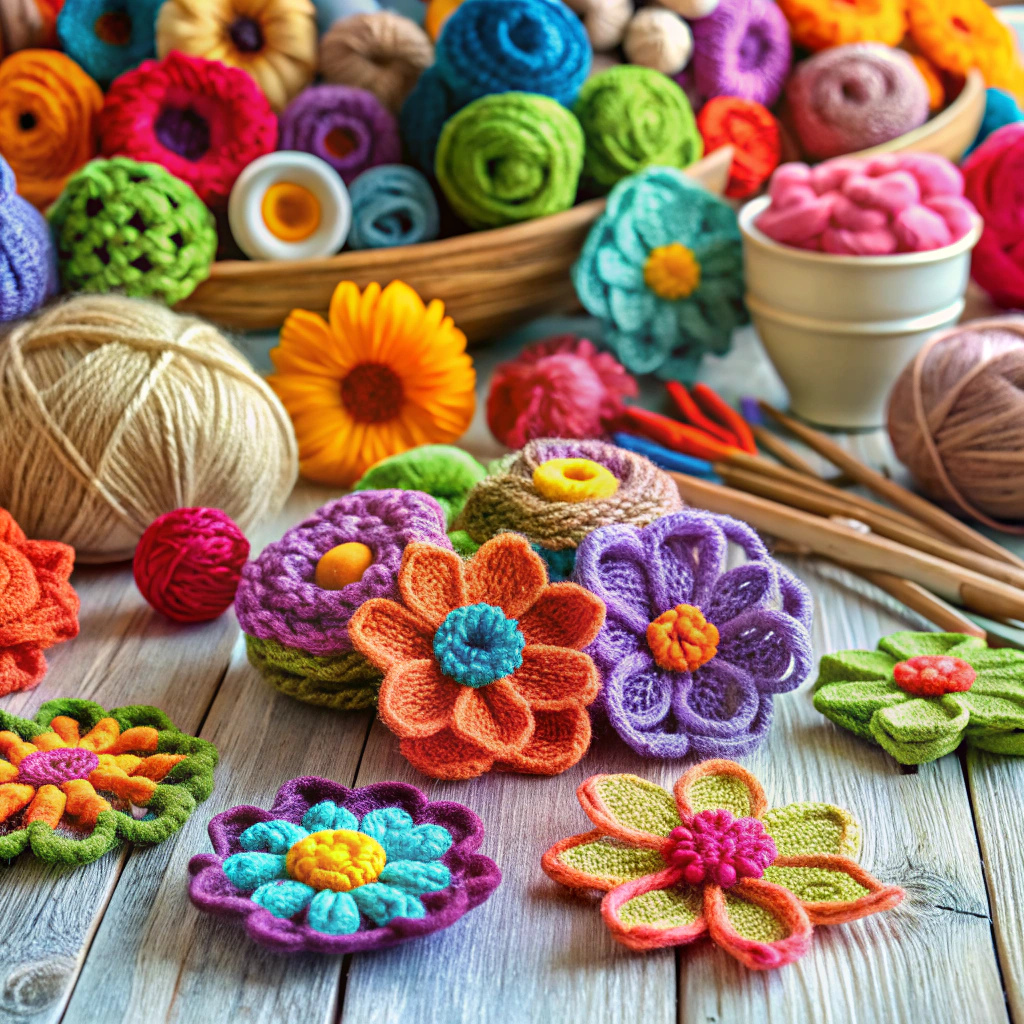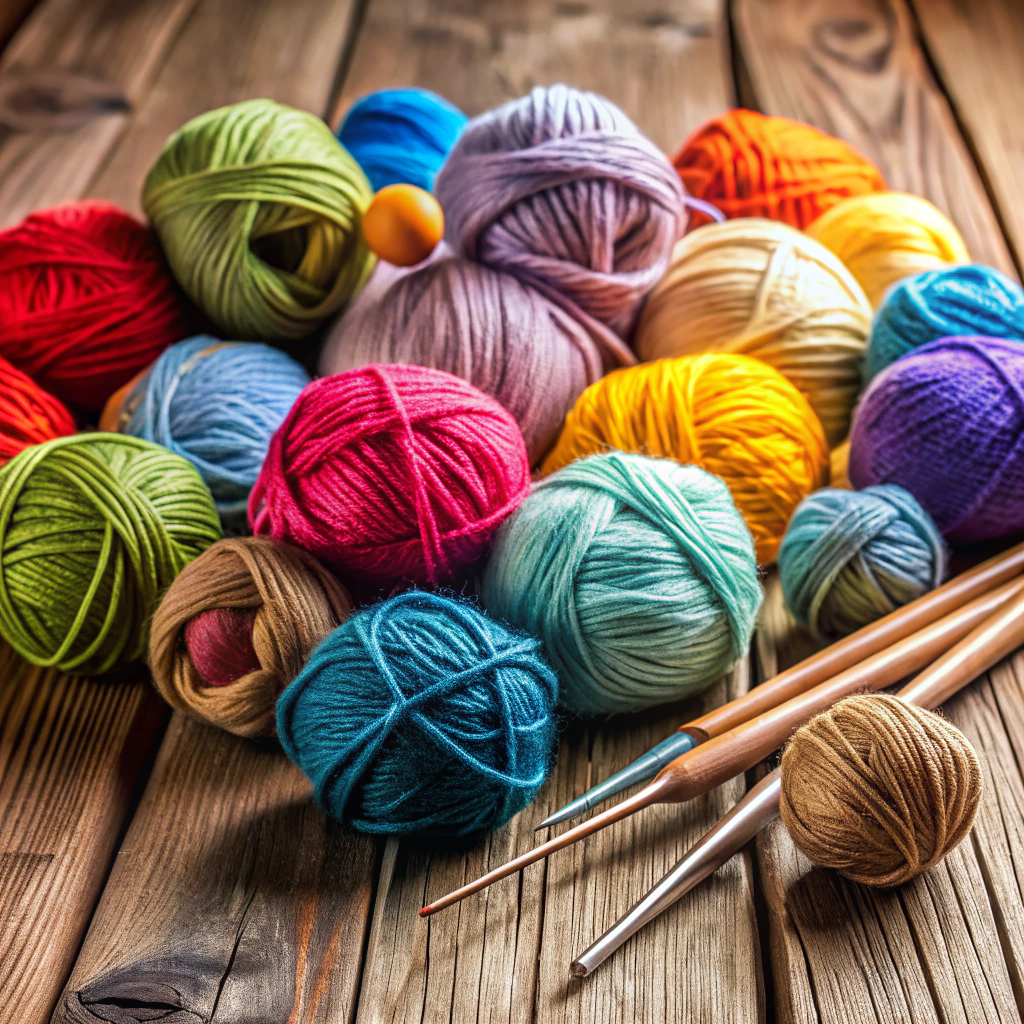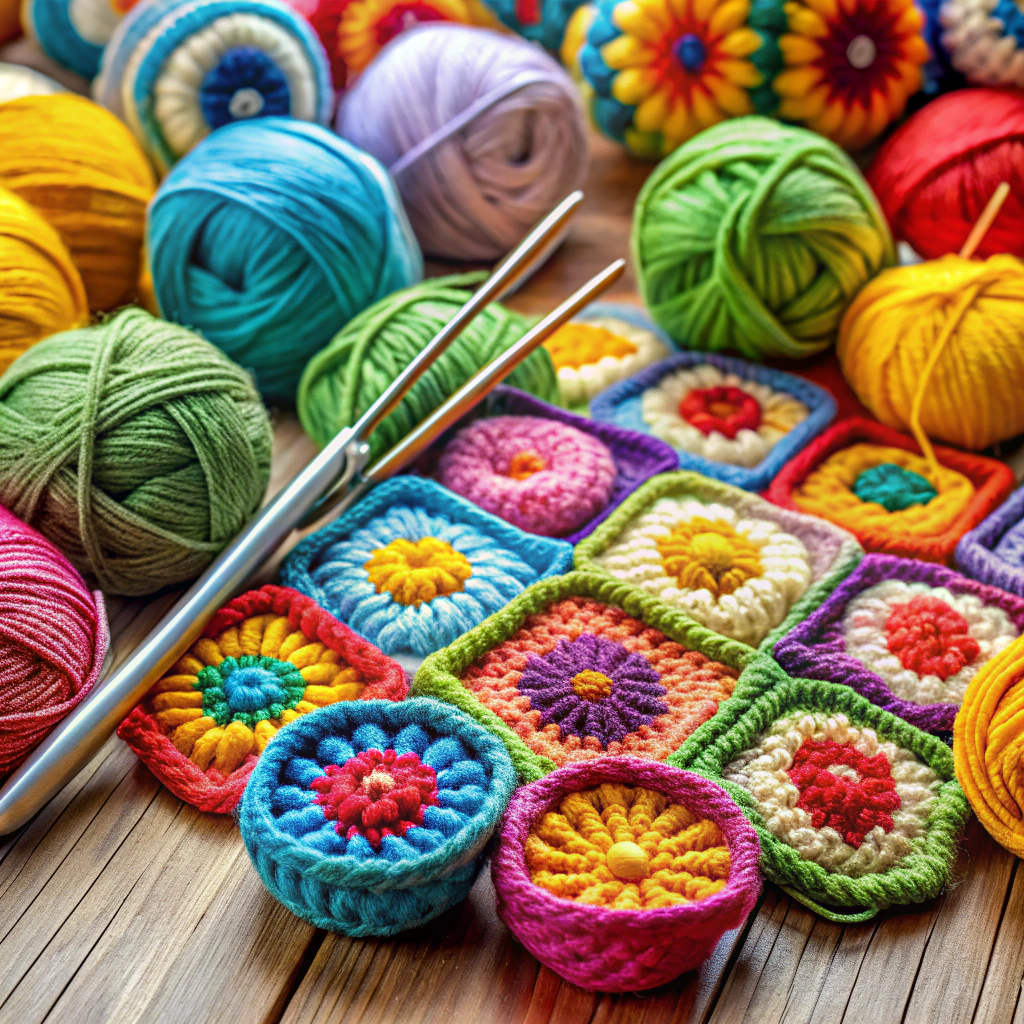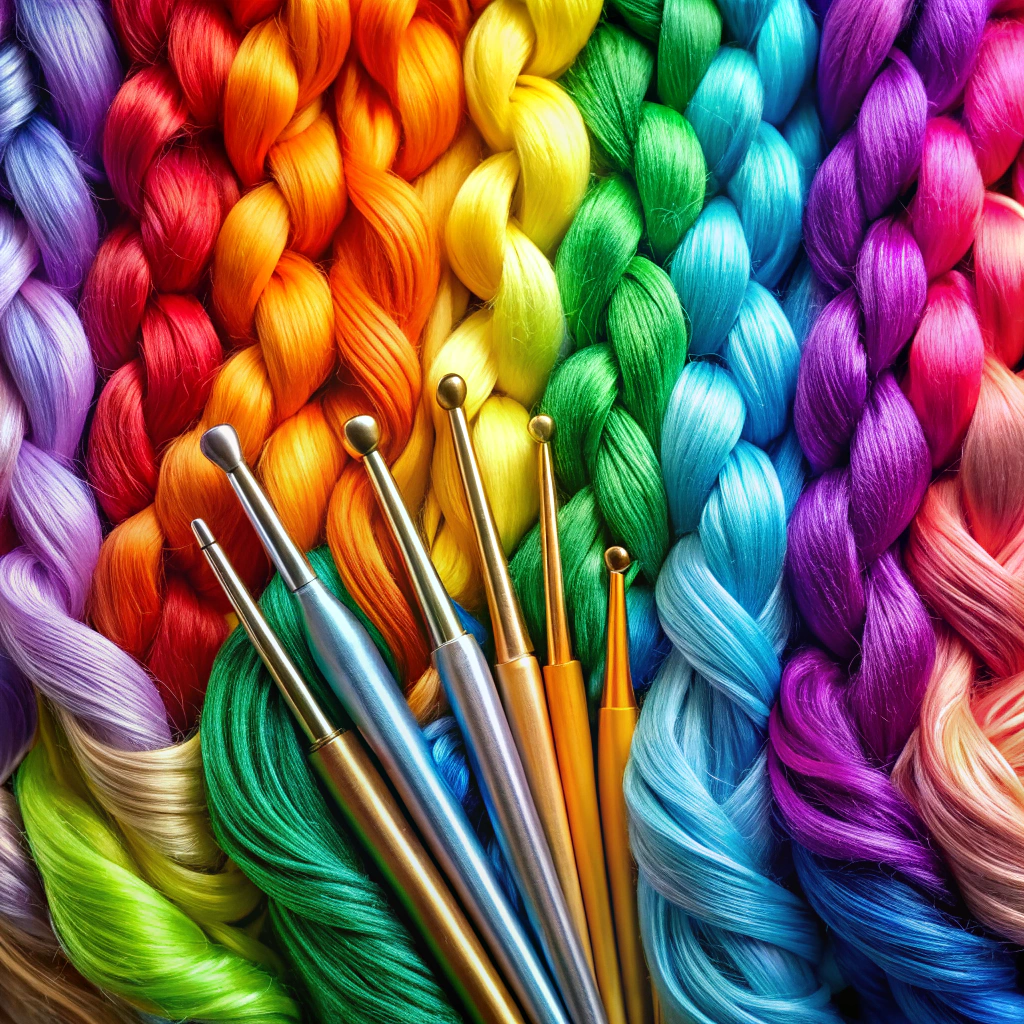Learn how to choose the right crochet blanket size and calculate how much yarn you’ll need.
Key takeaways:
- Common crochet blanket sizes: baby, lapghan, twin, full, queen, king.
- Best yarn weights for blankets: worsted, bulky, super bulky, baby.
- Different yarn materials: cotton, wool, acrylic, alpaca, silk.
- Tips for calculating yarn requirements: stitch pattern, size, gauge.
- How to adjust blanket sizes: measure, determine gauge, do the math.
Common Sizes for Crochet Blankets
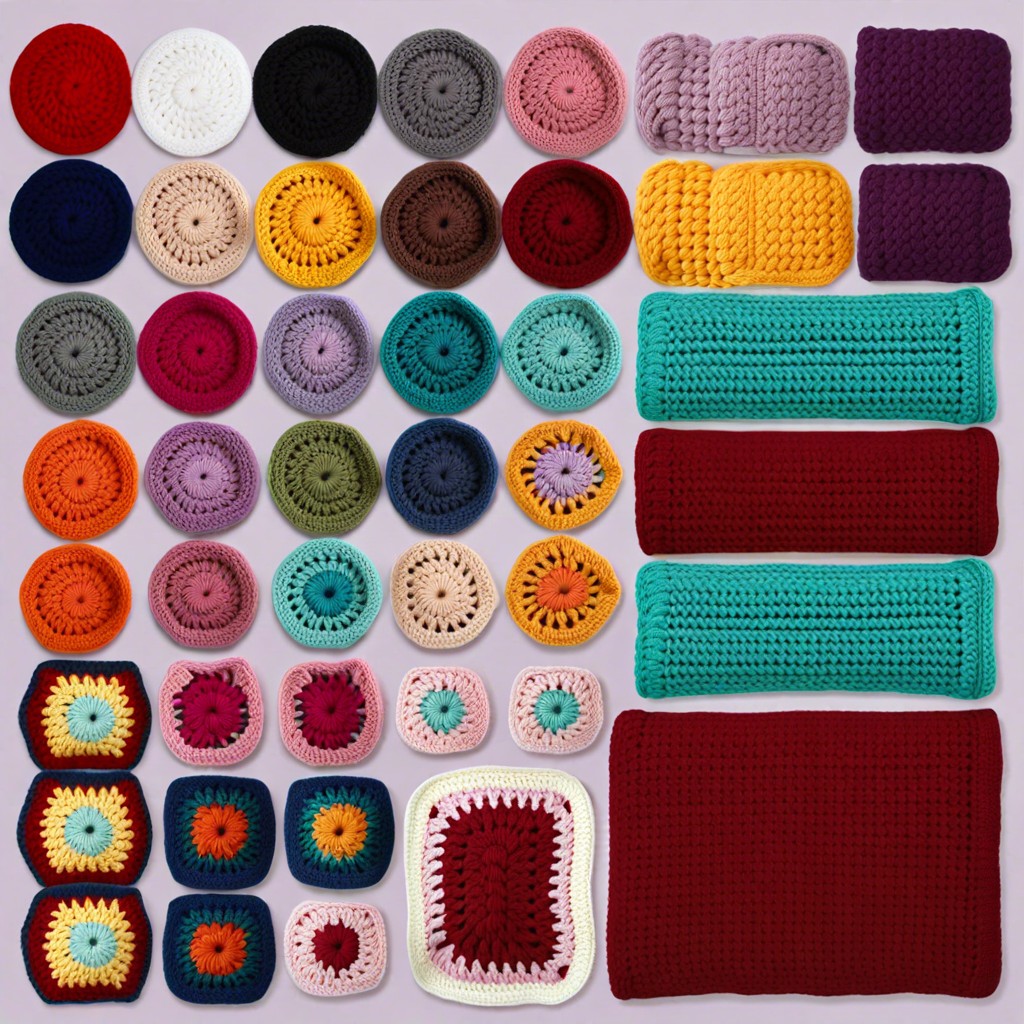
Baby blankets make perfect welcome gifts. They’re generally around 30×30 inches, great for cozying up small humans or adventurous cats. Lapghans, those handy throw-sized blankets, usually run about 36×48 inches, ideal for draping over your legs during “binge-watching” marathons.
Feeling ambitious? Queen and King-sized blankets can range from 90×90 inches to 108×108 inches. These massive covers are perfect for burying yourself under a mountain of warmth when you’re impersonating a lazy burrito.
For something snuggly but not overwhelmingly large, try a twin or a full. Twin blankets are generally around 66×90 inches, and fulls are a comfy 80×90 inches. Whether you’re making something for a loved one or yourself, just think about who’s going to be snuggling up with it and choose accordingly.
Best Yarn Weight for Crochet Blankets
For those cozy nights or just family snuggle sessions, picking the right yarn weight is crucial.
- Worsted Weight: This versatile yarn works like a charm. It’s not too thin, not too thick, just Goldilocks perfect. Great for warm, yet light blankets.
- Bulky Yarn: Want a blanket that feels like a warm hug from a fluffy cloud? Bulky yarn delivers big time. Ideal for those who prefer heft and warmth in their blankets.
- Super Bulky Yarn: Fast-tracking your project? Super bulky yarn makes quick, chunky blankets and doubles as an arm workout! Perfect for the impatient or the perpetually cold.
- Baby Yarn: Delicate, soft, and whisper-light; ideal for baby blankets or anyone who prefers a gentle touch.
Remember, the weight of your yarn will also impact your project timeline, perfect for those who either crochet like they’re running out of time or just enjoy a leisurely craft session. Choose wisely and let the yarny fun begin!
Yarn Material Choices
Breathability, wearability, washability! The trifecta you didn’t know you needed. Cotton yarn is soft, durable, and breathable—your summer blanket’s new BFF. Think picnics, not pool parties.
For the chilly months, wool and its blends are like a warm hug from a sherpa. They’ll keep you cozy but might need a bit more TLC in the wash.
Acrylic yarn: the affordable, machine-washable workhorse. Perfect for gifts when you don’t trust your in-laws with hand-wash instructions.
Want some luxe factor? Alpaca and silk scream luxury. They’re soft, warm, and perfect for showing off. Just hide them from pets, they might get jealous.
Calculating Yarn Requirements
Consider your chosen stitch pattern. Dense stitches like the popcorn stitch gobble up more yarn than airy ones like the granny square. It’s like your stitches suddenly developed a case of the munchies.
Next up, think about blanket size. A baby blanket will need far less yarn than a king-size throw that can double as a tent on the weekends.
Gauge matters too. Your tension can wildly affect the amount of yarn needed. Think of it as the difference between a tight hug from Aunt Edna and a gentle pat.
Always keep a bit extra. Yarn producers don’t all play by the same rules, and dye lots can vary. Plus, if your project somehow morphs into a bigger beast, you’ll have yarn at the ready.
Dive into patterns. Many give a recommended yarn amount. This can save you the headache of complex calculations, freeing up brainpower for figuring out what’s for dinner.
Adjusting Blanket Sizes
To customize your blanket size, consider a few key factors. First, determine the final dimensions you want. Grab that tape measure and a piece of paper for notes. Maybe even a calculator if you’re feeling brave.
Once you’ve got your target dimensions, figure out your gauge. Crochet a small swatch and measure it. This will give you a good idea of how many stitches per inch you’re working with.
Now do a little math. If your swatch is 4 inches across and has 16 stitches, you know you get 4 stitches per inch. Multiply your blanket width in inches by the number of stitches per inch. Voilà! You’ve got your starting stitch count.
When planning the length, decide how many rows you need. Simple multiplication saves the day. Know your stitches per row and rows per inch? Now you can navigate to your finished length.
Want to wing it instead? No problem. Start and crochet until it looks right. Rules are like yarn—meant to be twisted.
Change your yarn weight, and those dimensions shift. Keep an eye on your swatch; it’s like a psychic predicting your blanket’s future.
Happy calculating, and may your blanket dreams be cozy.
